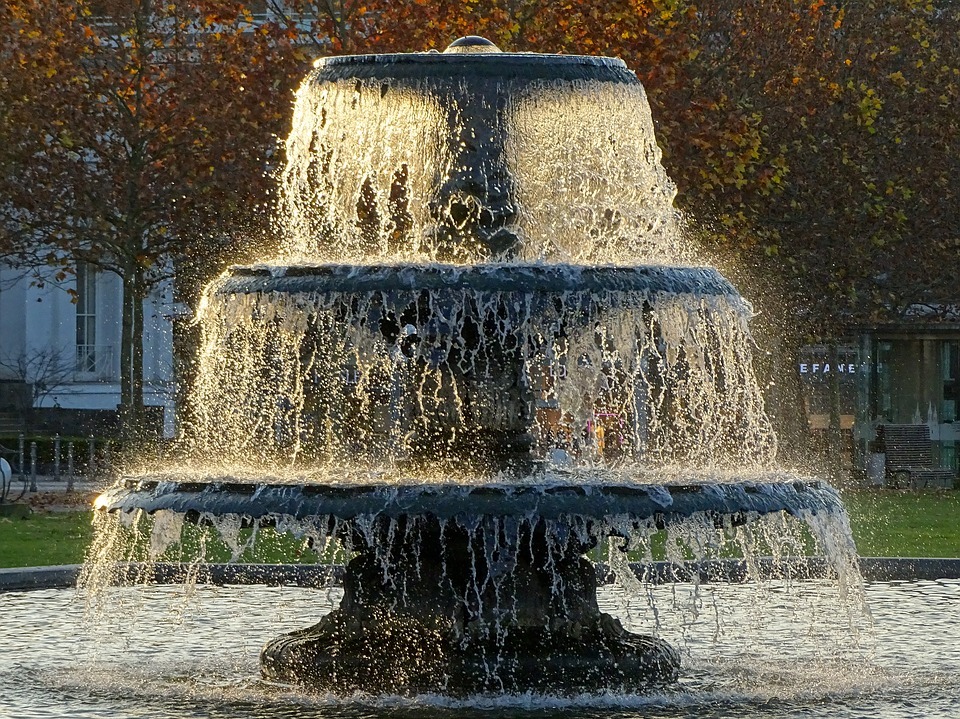Gravity is the overlooked fountain of youth!
Two key characteristics of aging are muscular atrophy and bone density loss.
Age-related muscle loss leads to a decline in strength and force. Bone loss caused by increased bone resorption and decreased bone deposition with age increases the risk for fractures and decreases the speed of remodeling. Ultimately, the loss of muscle and bone leads to reduced mobility and function. On Earth, clinically relevant muscle atrophy (sarcopenia) and osteoporosis typically occur after 50 or 60 years. Earthlings can lose up to 7% of muscle mass over 10 years in the early stages of advanced age. The rate of bone loss can occur up to 1-2% per year after the age of 45, although women are more susceptible to faster rates of bone loss after menopause. Both exercise and diet can help keep Earthlings feeling young.
In space, humans experience rapid deterioration.
Bones and muscles are particularly vulnerable to the effects of a low gravity environment. Low gravity causes redistribution of bodily fluids, decreases the force loading on muscles and bones, and induces cardiovascular deconditioning. Exercise can help counteract the effects of low gravity, and astronauts exercise over 2 hours per day with special equipment for cardiovascular and resistance training in space. Additionally, a proper space diet plays a critical role in providing the necessary nutrients to maintain muscles and bone. Muscle can lose up to 2-3% of volume per month of spaceflight, and bones can lose as much as 2% of their mass per month. That means that an astronaut on a 6-month space excursion could lose as much muscle volume and bone mass as an Earth-dwelling human over the course of 6 years!
So what’s the secret to healthy aging?
Whether you’re on Earth or in space, it all comes back to exercise and diet. A combination of cardiovascular and strength/resistance training is important for building and maintaining strong muscles and bones. Stretching and flexibility training can help prevent injuries and decrease recovery time after strenuous exercise. Foods rich in protein, calcium, and vitamin D are essential for healthy muscles and bone. These foods include healthy dairy, salmon and tuna, eggs, nut butter, spinach, and kale.






Please sign in or register for FREE
If you are a registered user on Research Communities by Springer Nature, please sign in